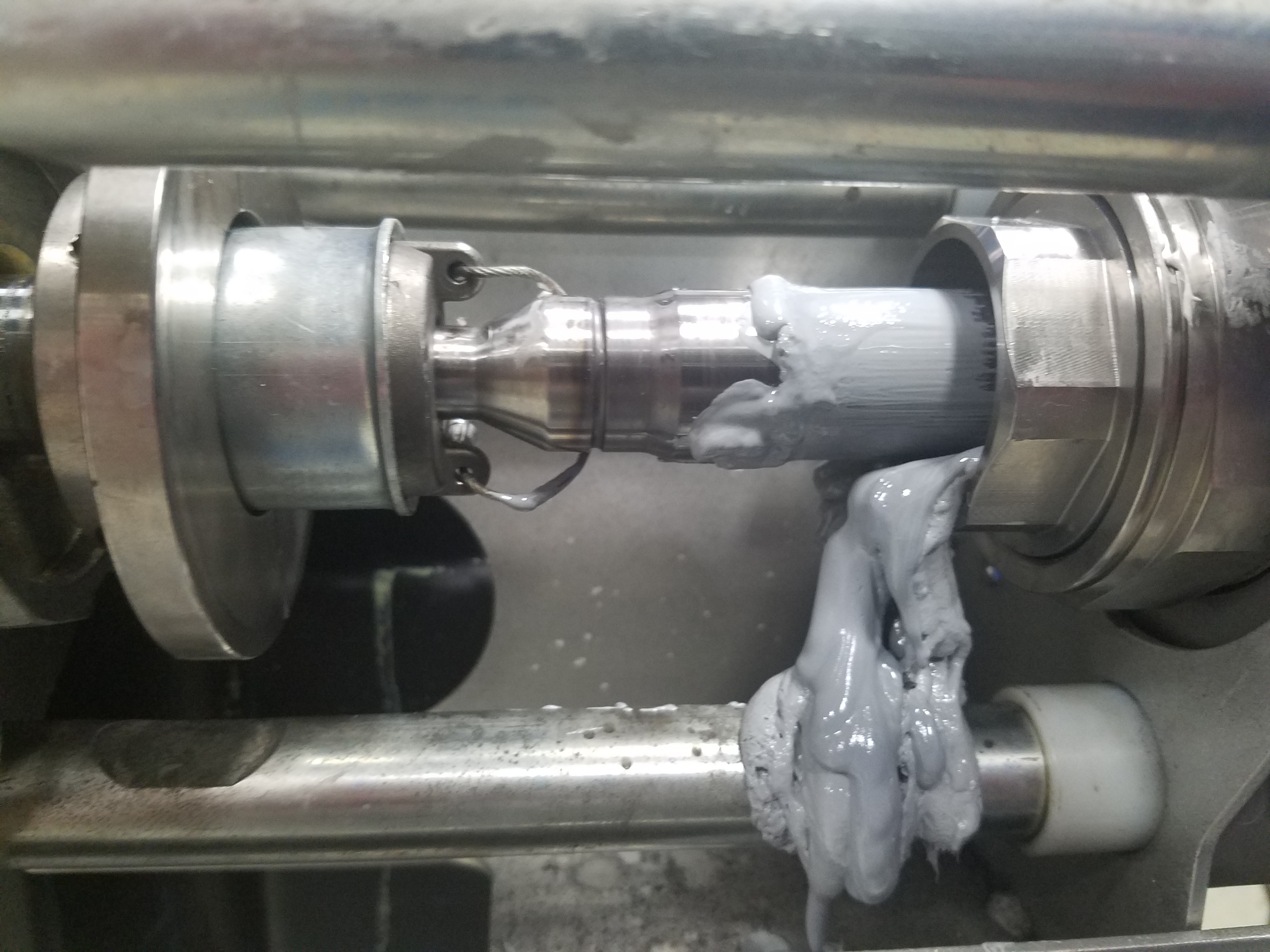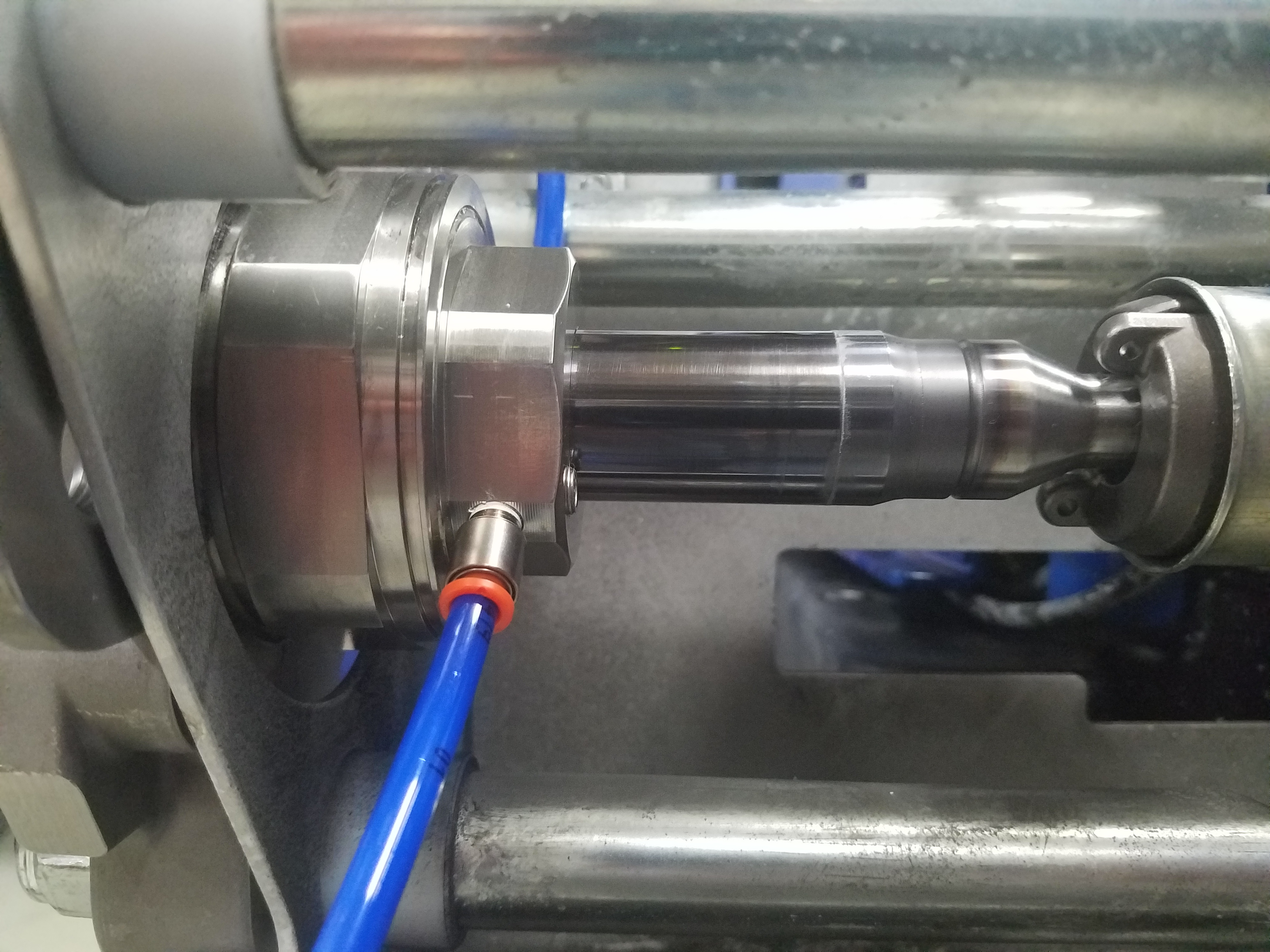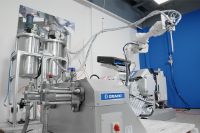EV Battery Thermal Management Troubleshooting
Thermal interface materials (TIMs) pose many challenges to the manufacturability of electric vehicle (EV) batteries. Graco’s eMobility strategist discusses ways to reduce equipment damage and keep assembly lines moving.
Questions and Answers about Thermal Interface Materials
How does thermal management extend or add risk to ramp-up timelines for manufacturing?
Shift happens in the battery pack. If your cell array shifts one or two millimeters to the left or right, you could lose thermal conductivity.
If you haven't considered how to apply thermal interface material as you build your first prototypes or do small batch prototype work, you will lose thermal conductivity. That will keep you from moving toward production. That's just on the application and process development side of it.
On the equipment side, you could still be in your beta phase of building out prototypes, when you start noticing off-ratio events.
- If It's a two-component material, you'll start noticing improper dispense amounts.
- If it's a single-component material, you’ll notice the metering or supply pump wearing out.
When you have to stop to replace, repack, or do extra maintenance, your throughput and timelines will suffer.
How do thermal interface materials (TIMs) affect electric vehicle (EV) battery assembly lines?
The average lifespan of a pump with highly abrasive thermal interface materials is maybe a couple of hundred gallons. The worn pump is going to prevent you from ramping up throughput. Also, your overall equipment efficiency (OEE) will suffer because you'll have to build in a preventative maintenance schedule that frequently requires downtime.
We know thermal interface materials are highly abrasive. What other considerations should you make when selecting TIMs for EV battery applications?
In addition to being highly abrasive, thermal interface materials have a high viscosity and may require degassing. Pulling a vacuum on a high viscosity material can be time consumptive, especially when you have to precondition the material.
From an equipment standpoint you'll also need a more robust system configuration. This means a more complex and expensive system that requires more spare parts and maintenance.
A lot of thermal interface materials on the market now have similar properties that can give you the same result. But some chemistries are easier to process than others – and that’s something to be conscientious of.
How does Graco's approach to thermal management differ from other companies?
Everybody knows about abrasive materials, and everybody struggles with the maintenance problems they cause and rebuilds. Graco researched the problem and solved it with Elite™ construction.

Pumps with standard construction usually start leaking after pumping 1,200 liters or 317 gallons of thermal interface material.

Pumps with Elite™ construction show no noticeable wear or effects after pumping 38,900 liters or 10,000 gallons of thermal interface material.
When I walk past equipment in a plant that’s meant to dispense TIMs, and it is already leaking before going into full production, I become concerned with the experience you will have. Elite™ construction helps alleviate those concerns.
We also want to ensure that the dosing equipment has the correct fittings, reduces pressure on the material, and allows as much laminar flow as possible - which helps prevent material separation.
Serving you the best way we can sometimes means asking hard questions, so that we can make sure that we're not leaving certain things not addressed.
- When you talk about application development, our experience with the nuances that go into dispensing materials will help you better understand your own product and its functionality.
- When you talk about process development, we're going to ask what's happening before and after the material meets our equipment.
We like to get into the details of what makes things work, but we're agile enough to understand that you’re up against very tight timelines.
Free Webinar Series
EV Battery Design for Manufacturability
Explore simple things EV battery designers and manufacturers can do now to prevent complications later during WeAutomotive’s free, two-part series with Robert Delgado, Graco's global market strategist for e-Mobility.
CONTACT EV BATTERY EXPERTS
Related Articles
Extreme Material Abrasiveness? Problem Solved with Elite
Some thermal interface materials (TIMs) are so abrasive, it’s like pumping diamond dust or liquid sandpaper. Explore why and how we developed Elite™, the longest-lasting pump construction for abrasive material dispense.
Knit Line Dispense Techniques
Learn about different dispense and automation techniques for cure-in-place and form-in-place gasketing and how it impacts the fusion of the bead.
Thermal Management (Gap Filler)
Thermal management dissipates excessive heat away from a part, so that it functions properly and does not combust. In electric vehicle (EV) batteries, thermal management usually involves gap fillers or thermal interface materials (TIMs).








